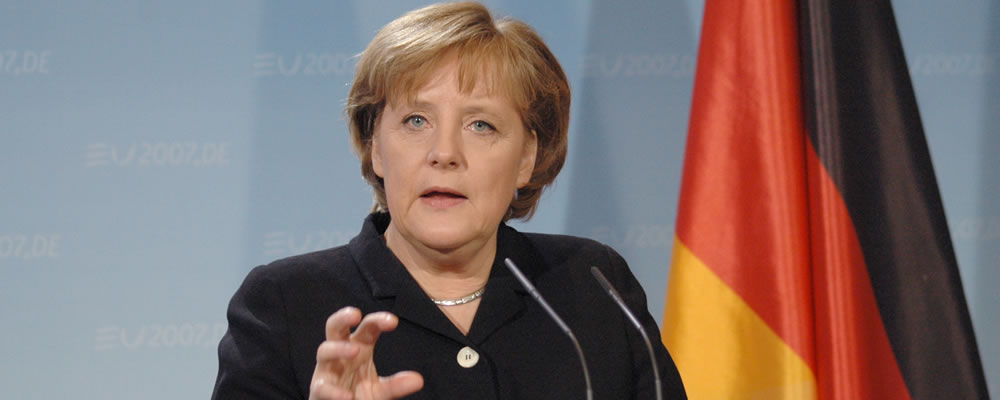Cracks in Angela Merkel’s Government Weakened the Euro to US Dollar Exchange Rate
Following some gains last week in reaction to the latest EU summit, the Euro to US Dollar (EUR/USD) exchange rate has fallen since markets opened on Monday morning.
Last week, EUR/USD opened at the level of 1.1655 and closed the week slightly higher, at around 1.1690. In the middle of the week, EUR/USD briefly slumped to a low of 1.1532 before recovering.
At the time of writing on Monday, EUR/USD had already shed last week’s gains and trended in the region of 1.1632.
The June EU Summit, which took place towards the end of last week, saw EU nations agree to a key migration deal following hours of debate. It sent the Euro soaring on Friday as investors perceived EU nations as more cooperative than feared.
However, over the weekend German Interior Minister Horst Seehofer offered to step down from his job in protest towards the migrant deal. This worsened concerns about the future of German Chancellor Angela Merkel’s government.
Euro (EUR) Exchange Rates Tumble on German Political Jitters
Germany’s significant influence over the EU and Euro (EUR) currency came to the forefront of Euro to US Dollar (EUR/USD) exchange rate trade on Monday, as concerns of splits in Germany’s government left the shared currency unappealing.
German Interior Minister Horst Seehofer is the leader of the Christian Social Union (CSU), one of the key parties in Chancellor Merkel’s coalition government.
Seehofer advocates for harder borders, so he was displeased with last week’s EU migrant deal. The deal would see other major EU nations share the strain of the migrant crisis.
His disappointment in the deal has led him to offer to resign, and analysts believe a compromise between Seehofer and Merkel is unlikely.
According to Hans-Peter Friedrich, a member of CSU’s leadership:
‘Now it depends on whether Horst Seehofer draws his own conclusions,
Her attitude feeds the suspicion that she would happily accept Horst Seehofer’s resignation.’
However, there are concerns that even if Seehofer resigns and the parties remain close, Merkel’s coalition would remain fragile.
US Dollar (USD) Exchange Rates Benefit from Safe Haven Demand
Meanwhile in the US, trade jitters continued to rock markets and investors when markets opened on Monday.
The US government doesn’t appear to be backing away from protectionist rhetoric around trade, and markets are becoming increasingly anxious that a full-blown US-China trade war is ahead.
There are growing concerns that the tariffs from both nations will hit other nations like Germany and South Korea. US President Trump continued to ramp up trade criticism towards the EU.
Ultimately though, the US Dollar (USD) was able to benefit from Euro weakness. The US currency climbed on Monday.
The latest US Personal Consumption Expenditure (PCE) data supported USD trade on Friday, as the core yearly rate beat expectations with a result of 2%, rather than the forecast 1.9%.
Euro to US Dollar (EUR/USD) Forecast: PMI Data in Focus
Political developments are likely to remain in focus for the Euro, while the US Dollar will be driven by US trade uncertainties in the coming sessions.
However, the Euro to US Dollar (EUR/USD) exchange rate is also likely to be influenced by economic data in the coming days.
Tuesday will see the publication of the Eurozone’s May retail sales results from May, as well as French retail sales data from the same period.
European Central Bank (ECB) Chief Economist Peter Praet will be holding a speech too, which could influence the Euro if he takes a surprising tone on monetary policy.
Wednesday will follow with the publication of Markit’s final Eurozone June PMI results. As Markit’s Eurozone manufacturing results fell short of expectations on Monday, the Euro could slump if Wednesday’s disappoint too.
Of course, if the data beats expectations or German political jitters are perceived to have lightened, the Euro to US Dollar (EUR/USD) exchange rate may hold its ground better later in the week.



